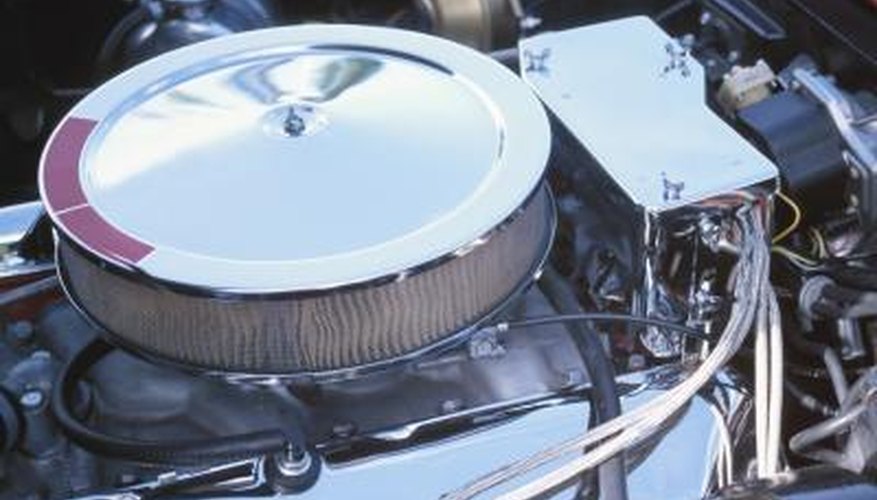The Chevrolet big block is one of the most storied engines in American automotive history, powering everything from pickup trucks to muscle cars. Like most other engines of its kind, the 454 lost much of its bite during the 1970s trend toward low compression, restrictive intakes and exhausts, and power-sapping emissions equipment. Still, there is nothing inherently wrong with emissions-era blocks, especially when they are upgraded with aftermarket parts.
Years and Specs
Chevrolet produced casting number 361959 from 1973 to 1990, making it one of the most common of all 454-block engines. This engine was an option on 1973 to 1975 Chevelles, and was used in a number of other full-sized Chevrolet passenger cars through 1976. Although 1976 was the last year the 454 ever saw passenger car duty, this big block engine came in a number of GM trucks all the way up through 1990.
Horsepower
From 1973 to 1976, the 361959-block engine produced between 270 and 275 horsepower and 390 pound-feet of torque. The power dropped precipitously during the 1970s and early 1980s, from 240, to 210, 200 and finally to 190 horsepower by 1982. The old big block received electronic fuel injection in 1990, boosting its power output to between 230 horsepower and 385 foot-pounds of torque, to 255 horsepower and 405 foot-pounds of torque. The Vortec 7400 that came to replace it in 1996 produced 290 horsepower and 410 foot-pounds of torque.
- From 1973 to 1976, the 361959-block engine produced between 270 and 275 horsepower and 390 pound-feet of torque.
Features
Block casting number 361959 came with either two- or four-bolt main bearing caps, but almost invariably came with a cast crankshaft and dished pistons. This engine used oval-port cylinder heads and dished pistons almost exclusively after 1984; prior applications could use either oval or casting number 236 "peanut" port heads. Peanut port heads came with slightly domed pistons (primarily to compensate for their enormous 113cc combustion chambers). Compression ratios varied between 7.8 and 8.1 to one.
- Block casting number 361959 came with either two- or four-bolt main bearing caps, but almost invariably came with a cast crankshaft and dished pistons.
Dimensions
The 454 was an over-square engine, meaning that the cylinder bore (4.251 inches) was larger than the stroke (4.00 inches) for a bore/stroke ratio of 1.06 to one. This over-square design was fairly unusual for such a large displacement engine and helped to contribute to the big block's high rpm power potential. The 454 crankshaft used 2.75-inch main journals and 2.20-inch rod journals. The 454 big blocks used 6.135-inch rods, giving them a 1.53 to one rod/stroke ratio.
- The 454 was an over-square engine, meaning that the cylinder bore (4.251 inches) was larger than the stroke (4.00 inches) for a bore/stroke ratio of 1.06 to one.
- The 454 big blocks used 6.135-inch rods, giving them a 1.53 to one rod/stroke ratio.
